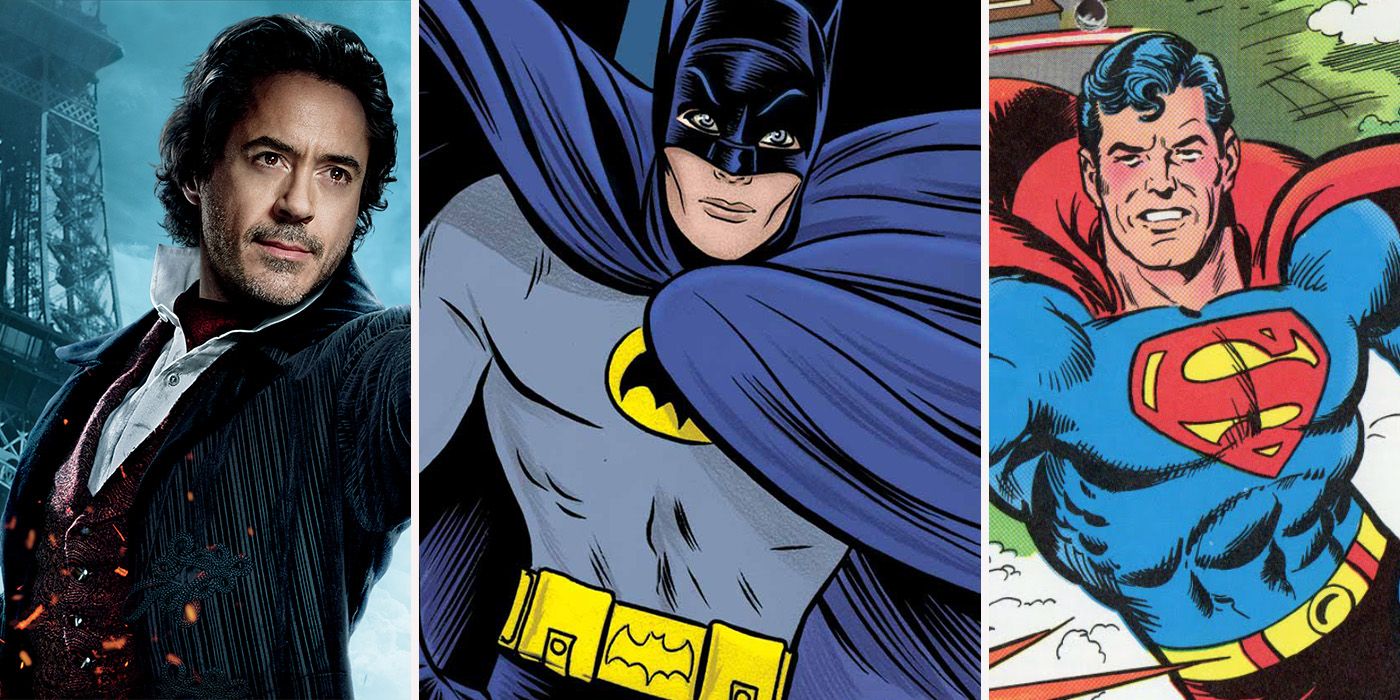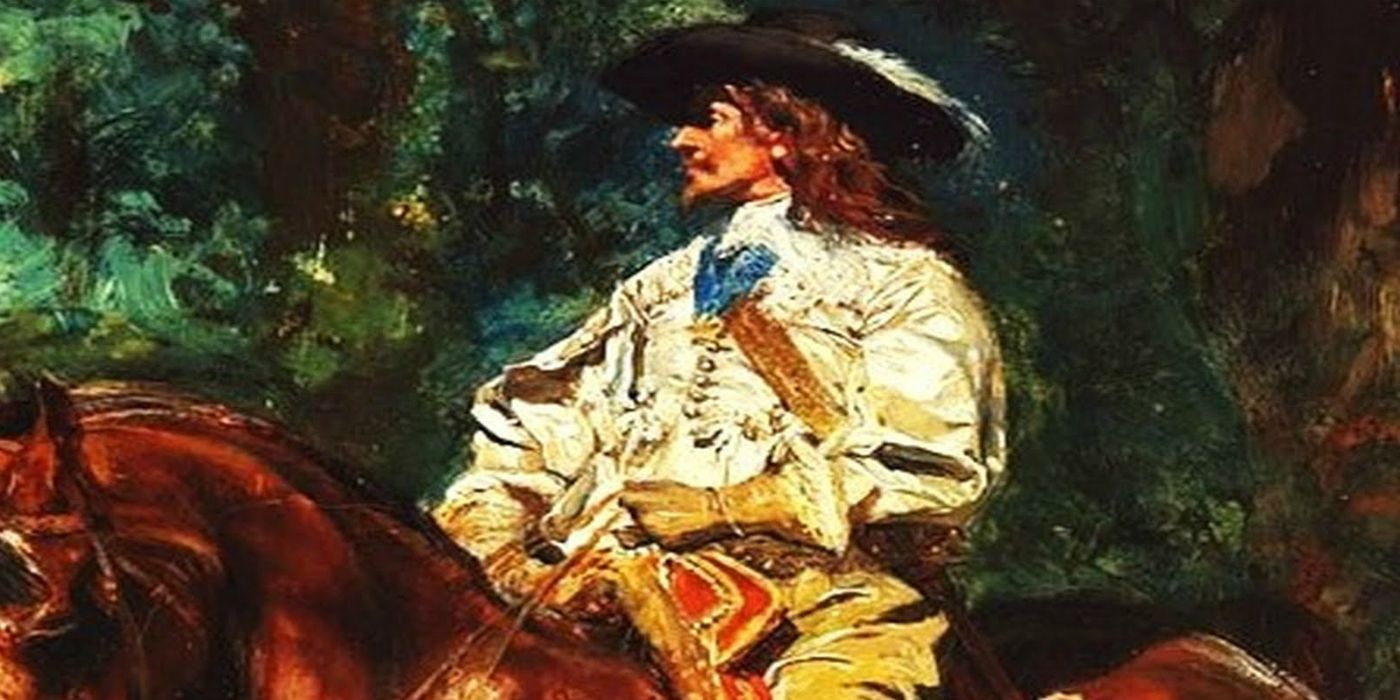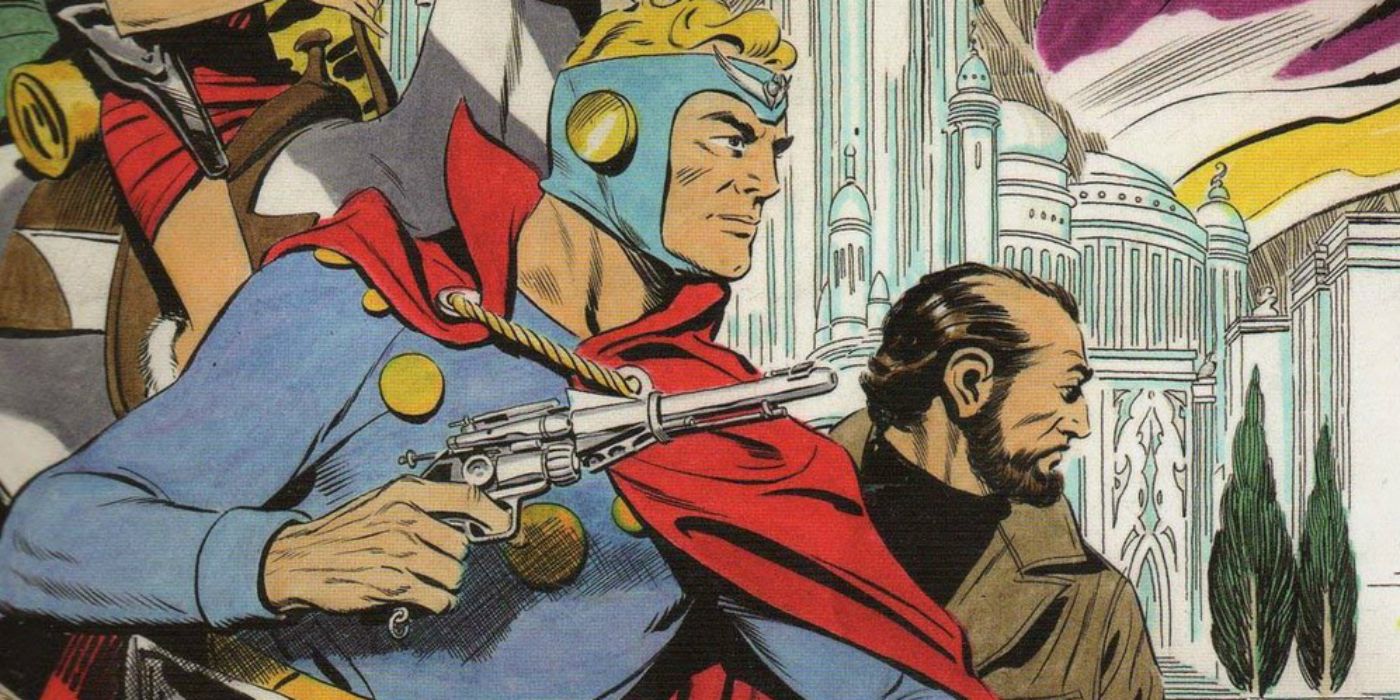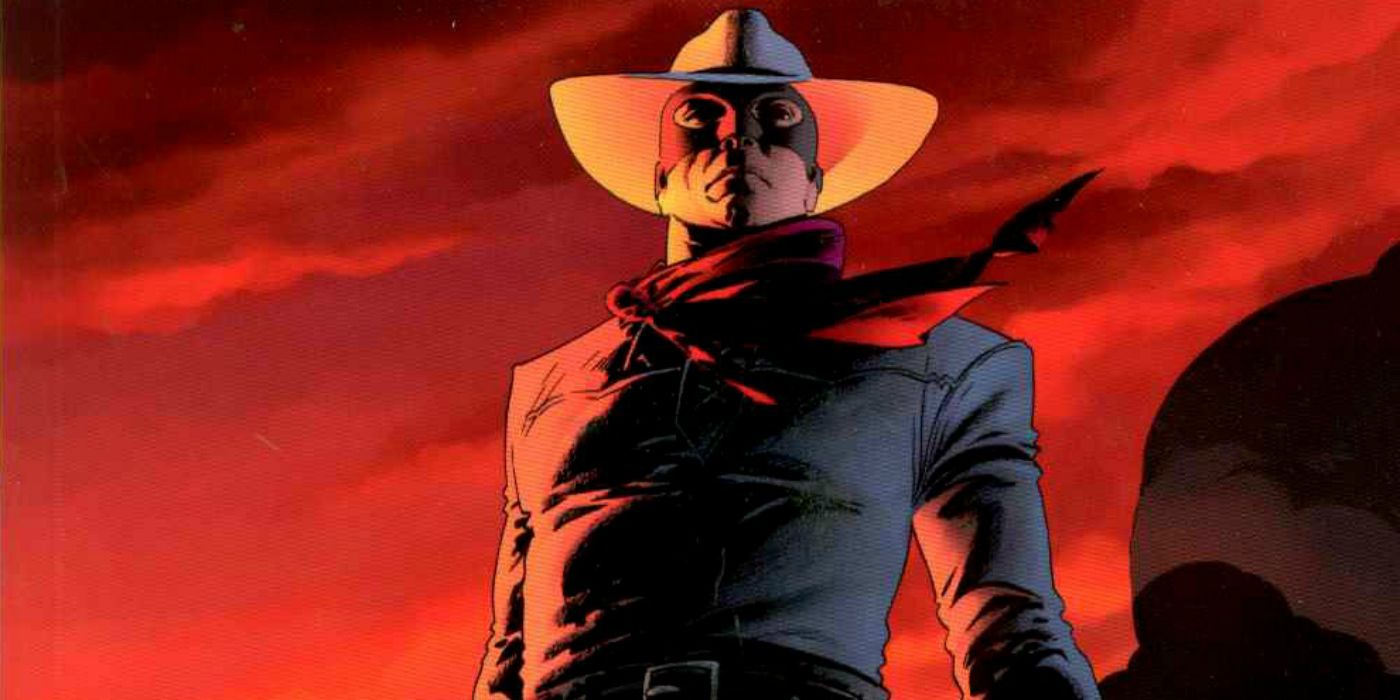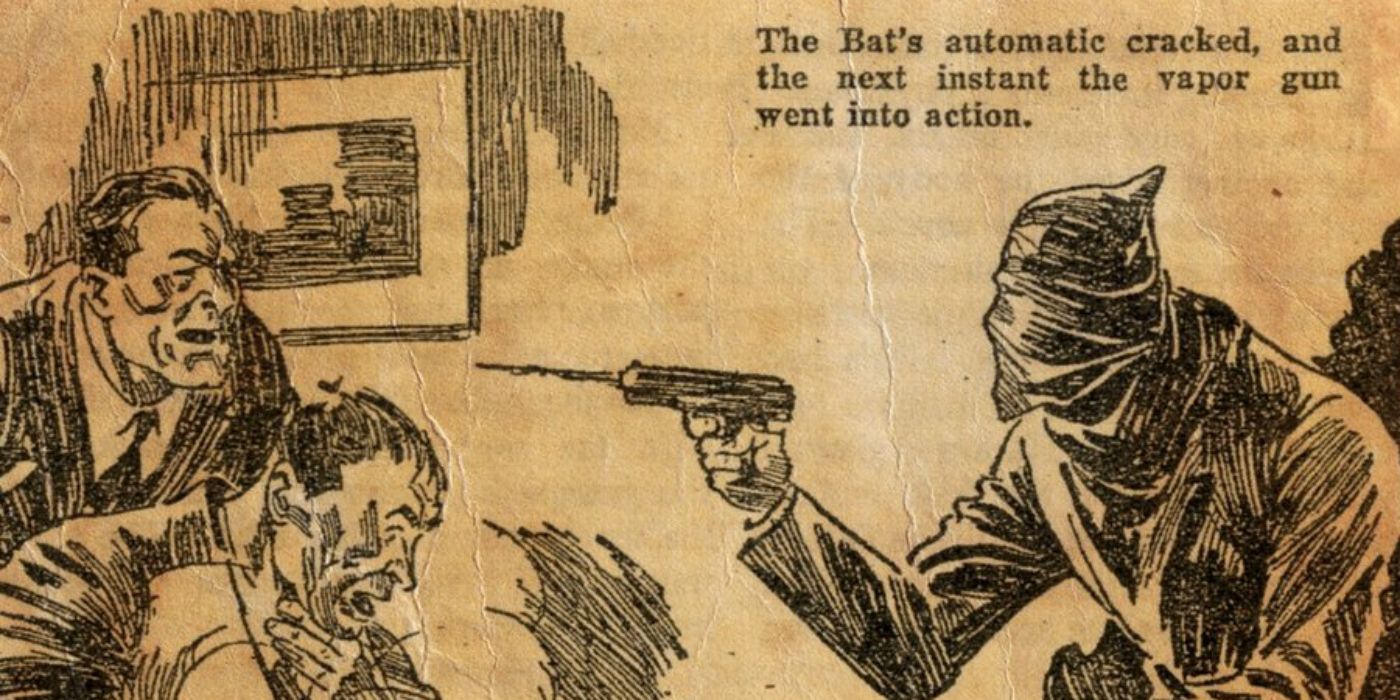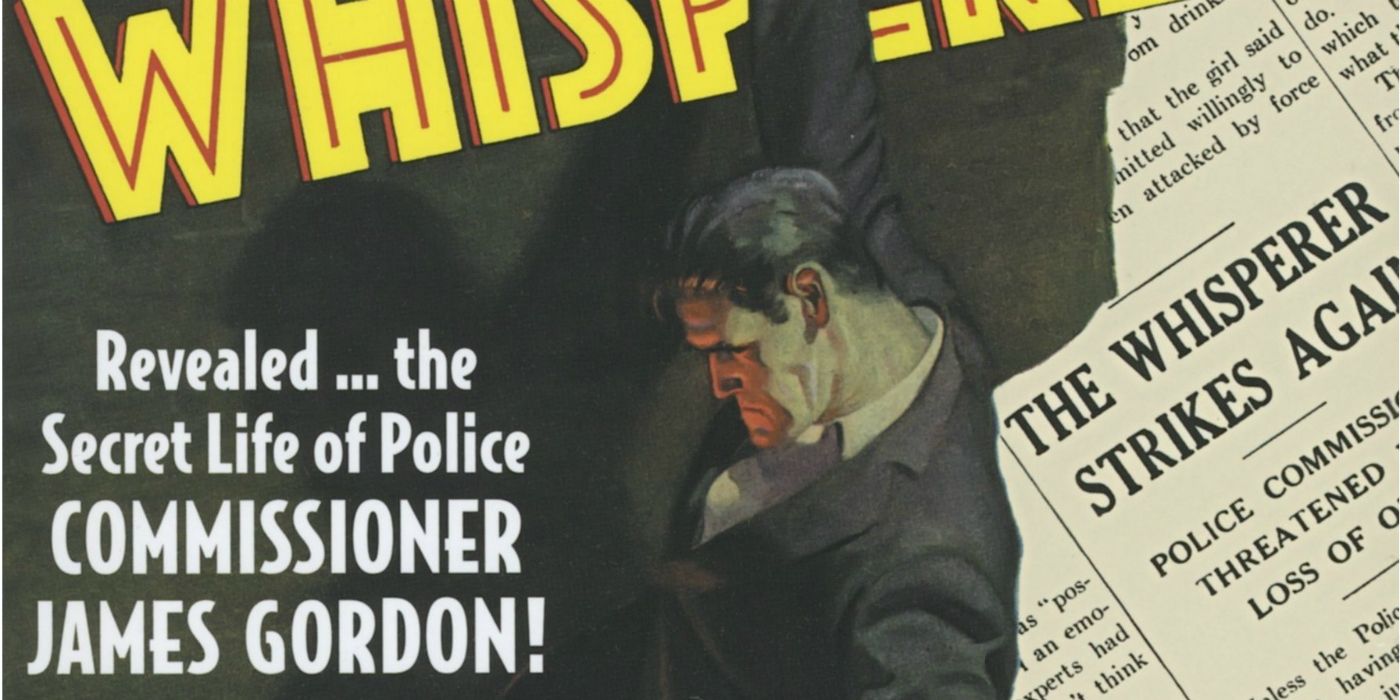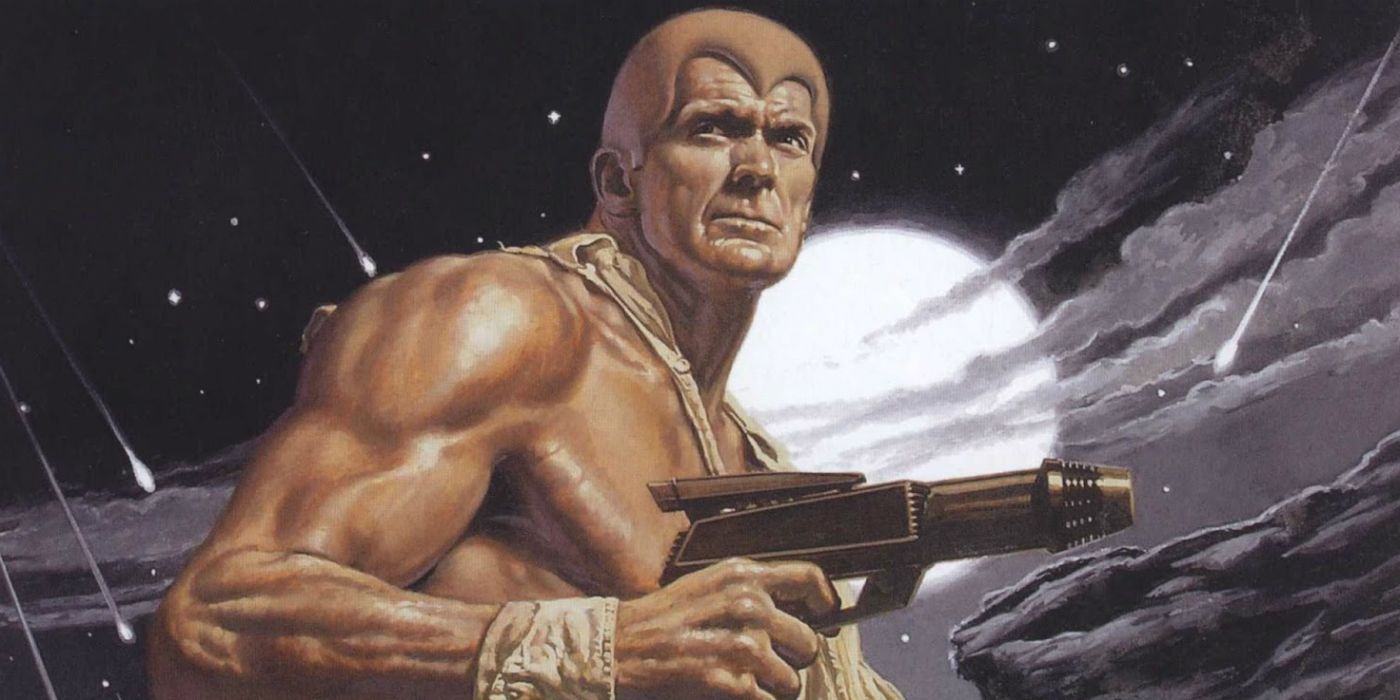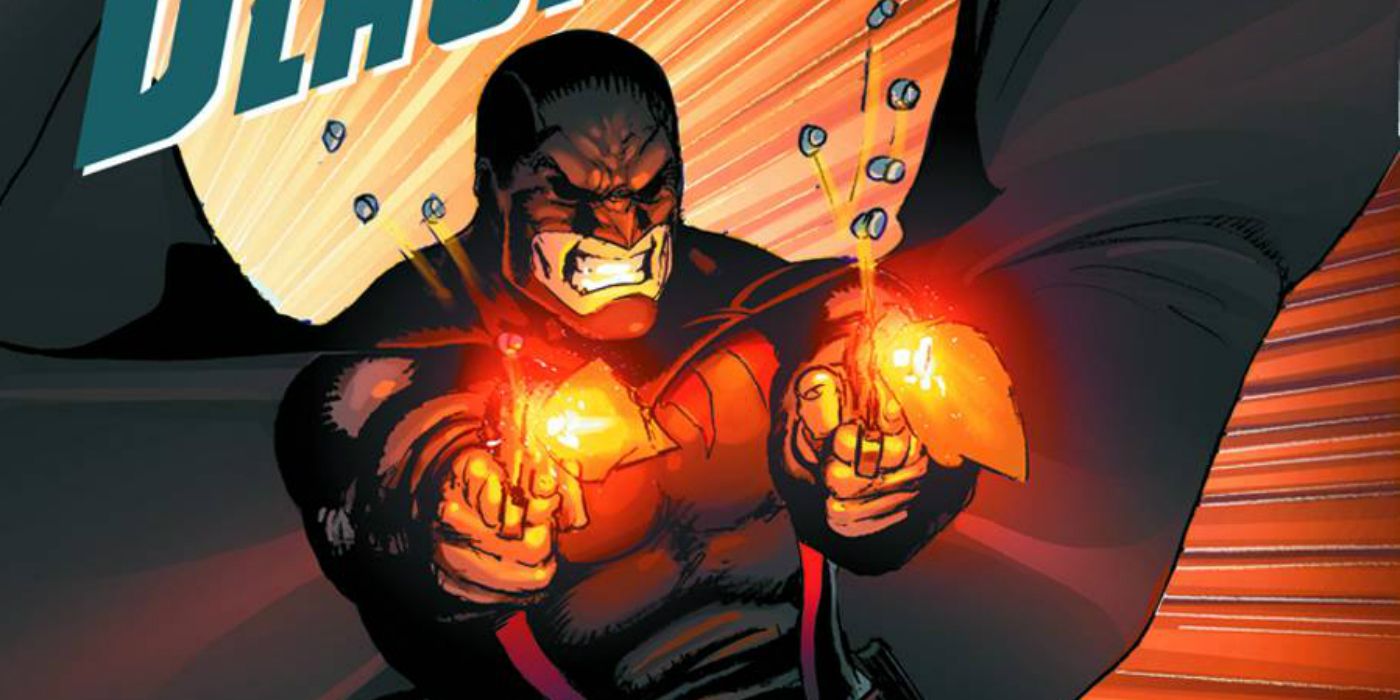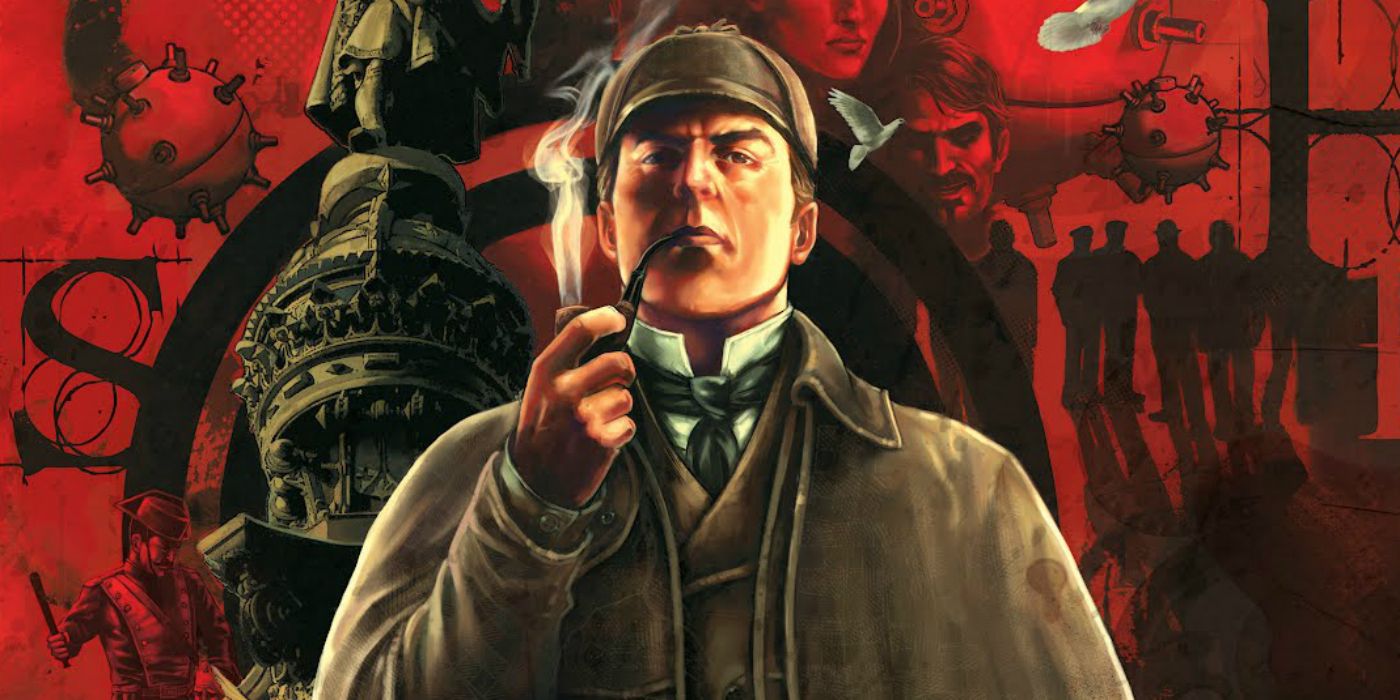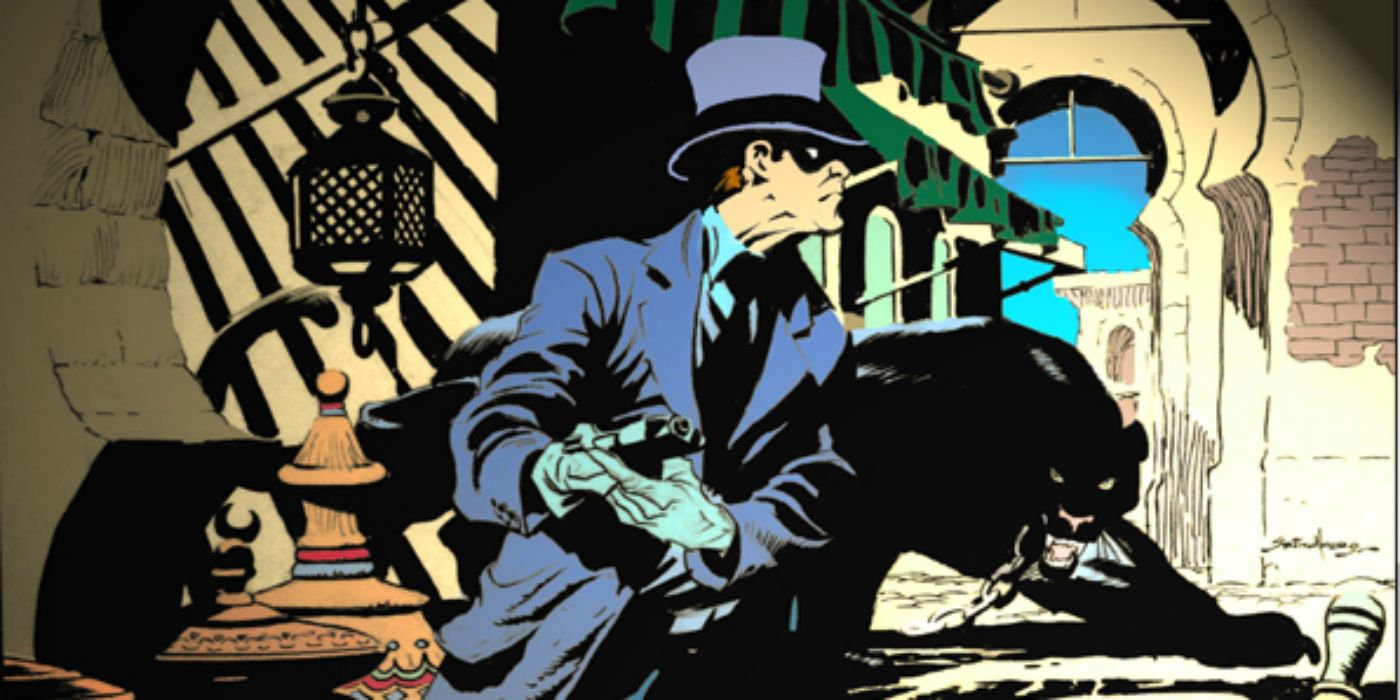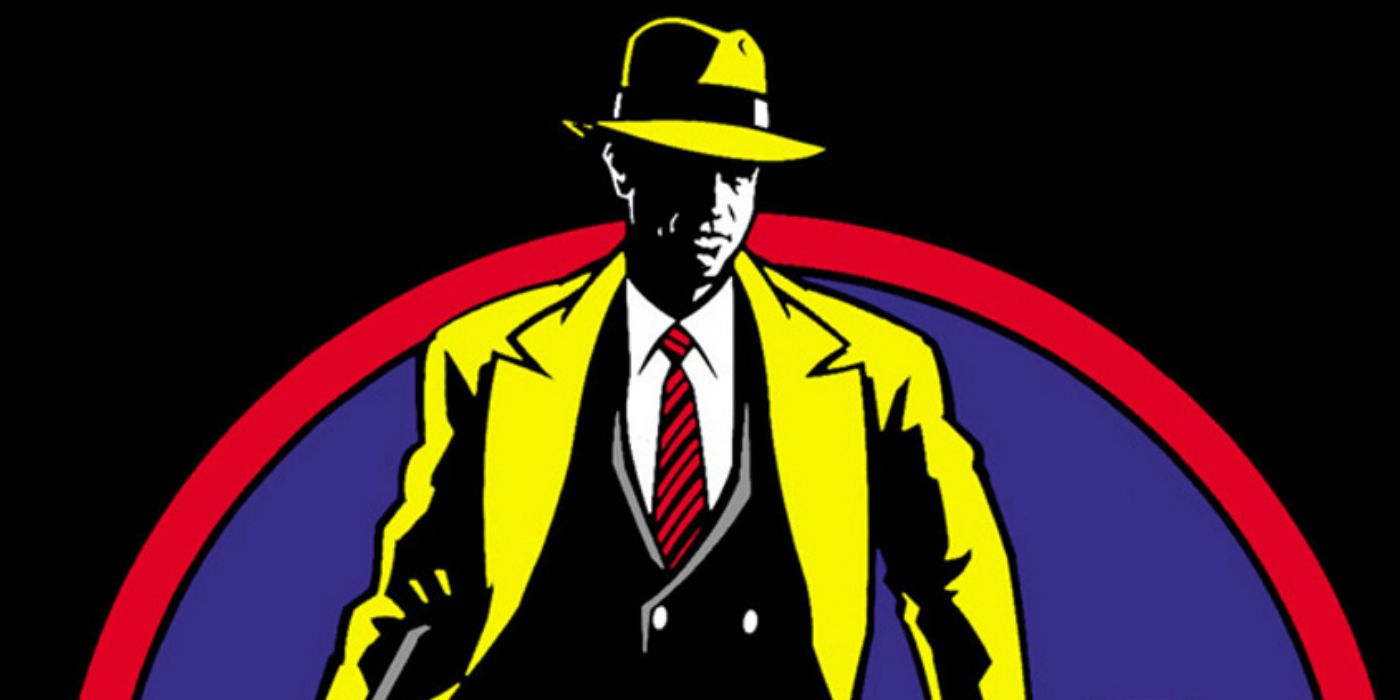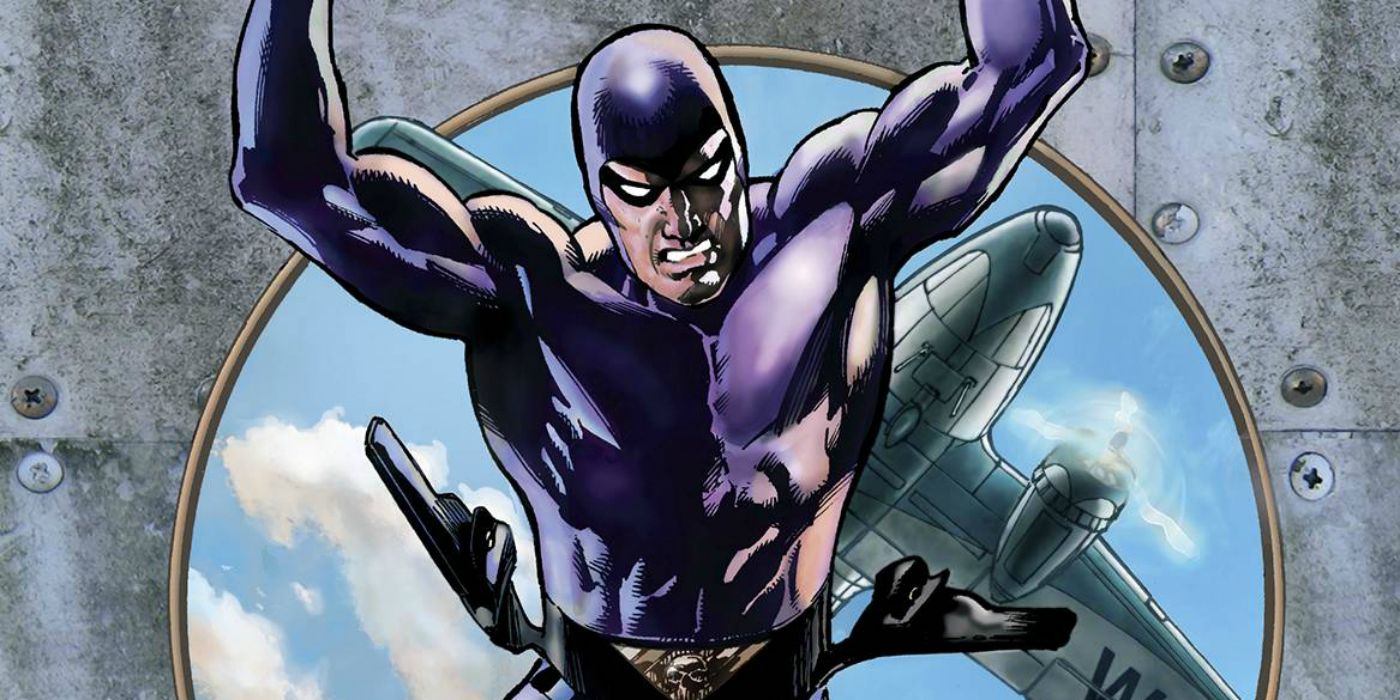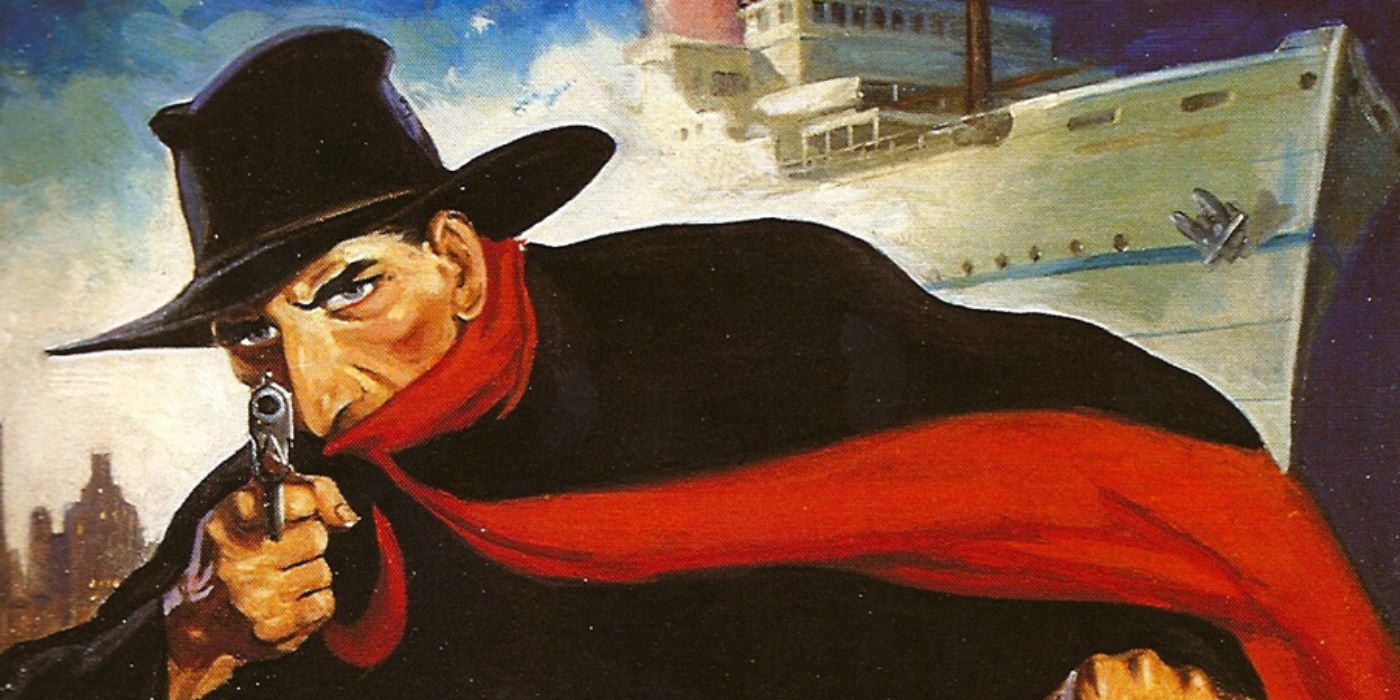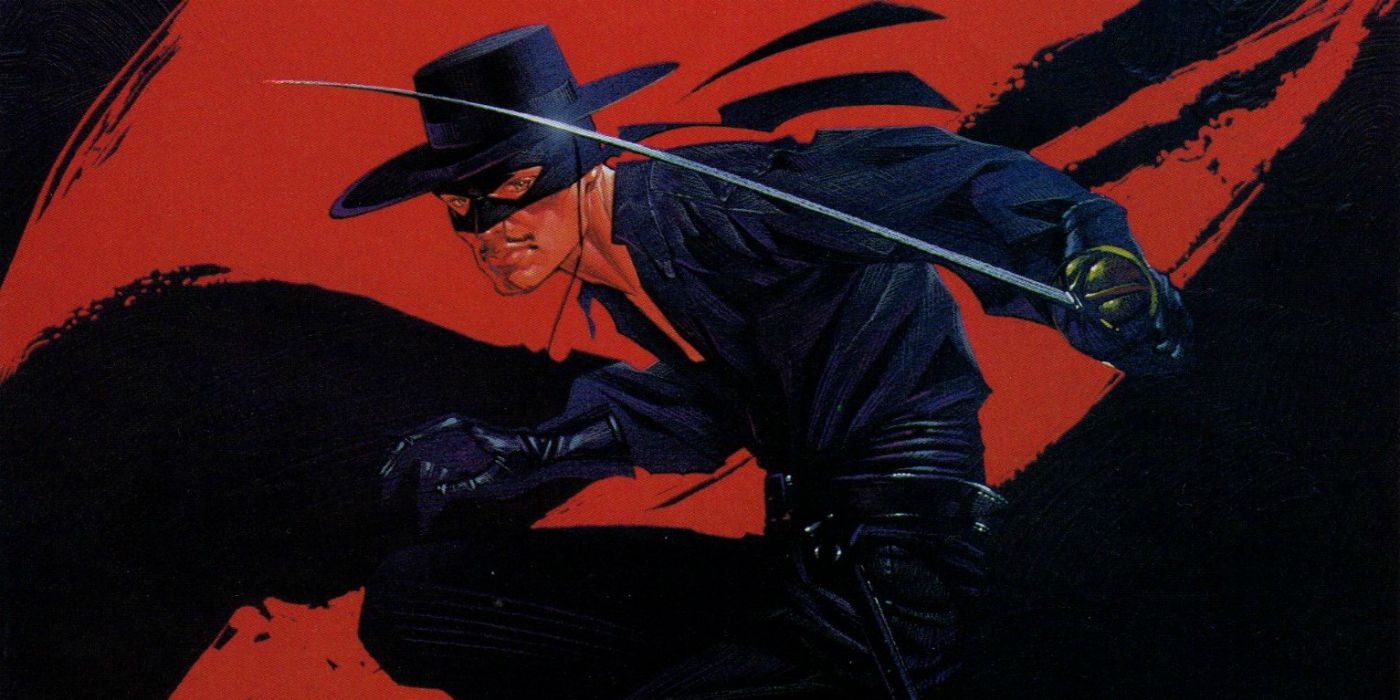Batman. The very name brings goosebumps to fans. The character's become more than just a fan favorite; he has become an icon. When you look at the way Batman has dominated the mediums of comics, movies and TV, it's hard to deny his status at the top. 75 plus years, and Batman is still going strong. But perhaps even the most hardcore Batman fan doesn't know the whole story of how the Dark Knight came to be.
Batman was created by Bob Kane and Bill Finger back in May 1939. Though the character hasn't looked back since, the story of how he came to be is worthy of looking back on. Batman is, in many ways, an amalgamation of several different characters. Kane and Finger shamelessly borrowed the best things from many of their own favorite characters and came up with something very special; a character that was able to transcend all those that came before.
While not a character, Leonardo Da Vinci's early designs of a flying device planted the seed for artist, Bob Kane. When he set out to create the character, Kane remembered the images he had seen in his youth of a machine that appeared to have bat wings. Kane dug up the old Da Vinci drawings and knew he wanted his character to be a superheroic Bat-man.
Many of these characters have been relegated to obscurity today, but to say thank you, we present 15 Characters You Didn't Know Inspired The Creation Of Batman.
15. D'Artagnan (The Three Musketeers)
The seminal novel The Three Musketeers featured the lead character d'Artagnan, who was based on the real captain of the Musketeers (Charles de Batz-Castlemore d'Artagnan). D'Artagnan was a daring, brave, and impetuous swashbuckler who became a fan favorite early on. He caught the eye of Bill Finger, who wanted to model part of d'Artagnan's character on Batman. Finger wanted Batman to be as much a man of action, as he was a man of intellect.
It was d'Artagnan's heroism and willingness to do the right thing that surely connected most with Finger and readers alike. In 1943, Kane and Don Cameron created the villain the Cavalier, who bears a striking resemblance to a Musketeer. Today, Batman and d'Artagnan seem quite different-- save for their incessant need to pursue justice, even at the risks of their own lives.
14. Flash Gordon
Flash Gordon was the brainchild of the immensely talented artist Alex Raymond, who created the character in 1934. Flash Gordon was one of the first comic strip spaceman and a huge influence on DC's Superman and Hawkman.
Artists and fans marveled at the detailed art on display in many of the Flash Gordon comic strips. Much of Raymond's artwork stands up, even today. The high concept look and feel of Flash Gordon dazzled the eye of Bob Kane, who was a huge fan of Alex Raymond. Kane tried to emulate the style of Alex Raymond during the early stages of Batman's creation. Even Kane's first Batman cover, Detective Comics #27, is said to be an homage to Flash Gordon. It's a shame that Gordon, who has inspired so many other successful characters, hasn't had a proper movie yet.
13. The Lone Ranger
The Lone Ranger actually made his debut on the radio waves before hitting the pages of books, magazines, and comics. The 1933 radio show was a massive success and it wasn't long before everyone knew the name of The Lone Ranger. Kane and Finger were fans of both the show and the pulp magazines that came after it. The few similarities between Batman and the Lone Ranger that stick out are their strict codes and the concealing of their identity with a mask.
Once the Lone Ranger donned the mask, he vowed never to take it off again. The mask stood for something more than himself, while also protecting his identity. The Lone Ranger was one of the first heroes to do this. His strict moral code of no killing would eventually become a staple of Batman's code as well.
12. The Bat
Making his debut one year after the Lone Ranger, the Bat is a very obscure pulp character that was only featured in a handful of stories. The Bat was created by Johnston McCully, who had previously created Zorro.
Reporter Dawson Clade was framed for a murder he didn't commit. He decided to take on the crooks who framed him and he became a hooded avenger called the Bat. As the Bat he wore a black hooded mask with a white bat emblem on his forehead. Perhaps the most startling similarity comes from a scene where Dawson Clade is trying to figure out his origin. As Clade sits in his chair, stumped and unable to come up with a name for his new alter ego, a bat flies in through the window. Clade gazes at it and says "That's it!"
Kane and Finger created nearly the exact same scene for when Bruce Wayne figures out his alter ego. Kane and Finger were practically fanboys of Johnston McCully, so it's hard to imagine this was a coincidence.
11. Dracula
Dracula's influence on Batman shouldn't seem like much of a stretch. After all, the Count is a nocturnal creature who wears a black cape and dark clothing. Kane and Finger wanted criminals to fear Batman, and for him to seem like a true creature of the night. The gothic nature of Dracula is the most immediate influence that stands out. The dark ambiance and mysterious tone of Dracula was something that both creators set to emulate, but with their own heroic spin on it.
While Bob Kane and Bill Finger never cited Dracula as a huge inspiration, they did acknowledge their admiration his gothic style and tone. The duality between both characters would fittingly lead to many tales of the two battling against each other.
10. The Whisperer
If it isn't obvious by now, Bob Kane and Bill Finger really liked the pulp magazines. The Whisperer is a forgotten favorite of many pulp fans but in his heyday, the Whisperer made a major impact on Kane and, particularly, Finger.
The Whisperer started out as a a police officer who had to go outside the law to get things properly done. He took no prisoners and sometimes relished in making criminals pay. It should be noted that Batman himself was a bit more bloodthirsty in his first few issues.
The most obvious influence the Whisperer had on a Batman character wasn't Batman himself. The Whisperer's true identity was commissioner James Gordon. Kane and Robinson paid homage to the Whisperer by naming Batman's greatest ally after him.
There's some dispute as to who actually created the Whisperer. Laurence Donovan wrote the bulk of the stories but some speculate that author, Johnston McCully (creator of Zorro and the Bat) had a hand in the Whisperer's creation.
9. Doc Savage
Comic book creator Stan Lee has said that Doc Savage is the blueprint for the modern day superhero. There's no doubt that Doc Savage inspired Marvel's Captain America, but back to Batman.
Created in 1933, Doc Savage is yet another pulp character that sought to fought crime and right wrongs. He was raised to be a perfect physical and intellectual specimen. He possessed great strength and had mastery over several forms of martial arts.
What Kane and Finger liked the most was Doc Savage's scientific mind. The character, commonly referred as " the world's greatest detective", frequently used many specialized gadgets. And much like Batman, he relies on them a great deal. While Doc Savage was also a billionaire, you would hardly call him a playboy like Bruce Wayne.
8. The Black Bat
There have actually been two characters who shared the name the Black Bat. The first Black Bat debut in 1933 and is often considered to be the first vigilante to carry the moniker of "Bat" anything. The second Black Bat came out around the same time as Batman and his visual similarity to Batman, while evident, may have been nothing more than serendipity.
The Black Bat was lawyer Anthony Quinn by day and a masked crusader by night. In an origin story eerily similar to DC's Two Face, Anthony Quinn was tragically blinded in court when the defendant he was prosecuting threw acid into his eyes. Through an experimental procedure, Quinn was not only able to see again, but could now see in the dark. Think the pulp version of Marvel's Daredevil. He used his newfound abilities to wage war on organized crime.
It turns out that Bill Finger liked the spiked fins on the Black Bat's gloves, and advised Kane to draw them on Batman. Soon after, both companies threatened lawsuits against each other. They eventually managed to coexist peacefully, but it's safe to say that Batman came out on top.
7. Sherlock Holmes
Earlier it was mentioned how early on Bill Finger wanted to model Batman on two characters. The first being d'Artagnan, and the second was Sherlock Holmes. Initially, Bob Kane was concerned more with Batman's unique look rather than plot or personality. Finger had a great mind for both plot and an artful eye. Finger realized the value of making Batman a self-made hero, and in order to do that he had to be smart. Really smart. Who better to model an intelligent character after than fiction's greatest detective, Sherlock Holmes?
In the '80s, writer Mike W. Barr and artist Alan Davis wrote a special anniversary issue of Detective Comics featuring Batman and Sherlock Holmes. It's a fitting homage to a character who set the foundation for Batman and many other detectives after him.
6. The Phantom Detective
The Phantom Detective is another lesser-known hero from the pages of the pulp magazines. Created in 1933, the Phantom Detective is the second masked pulp character to have appeared. His influence on Batman can't be denied.
The Phantom Detective was a rich playboy who was a master of disguise and a brilliant forensic scientist. He became a master detective and used his skills in the fight against evil. The Phantom Detective had his own secret lab, like Batman, but his most glaring similarity has to be the method with which other do-gooders contacted him.
The Phantom Detective had installed a flashing red light atop the police tower for certain members of the press and law enforcement to contact him whenever they needed his help. Batman would soon adopt a similar method and develop the iconic Bat signal. The editors of The Phantom Detective would go on to become the editors of Batman's comic, so you can be sure they mentioned the Bat signal idea to the creative team at the time.
5. Dick Tracy
We mentioned how much Bill Finger liked Sherlock Holmes and detective pulp characters, but one of Bob Kane's favorite detectives was Dick Tracy; a man of action and a great detective in his own right. He bore a slight resemblance to Batman's alter ego, Bruce Wayne.
Kane always admired Chester Gould's style of art and tried to emulate that in his Batman artwork as well. One of the most important influences that came from the Dick Tracy comic strip was his impressive cast of colorful villains like Flat Top, Pruneface, Big Boy Caprice, and more. Bob Kane has stated several times that he admired Gould's eccentric villains and wanted to create villains that were as strange and as interesting as Batman himself. Today, Batman's rogue gallery is almost as iconic as its lead character.
4. The Phantom
The character nicknamed the "Ghost Who Walks" made his debut in 1936 and is considered the first costumed hero. Most characters at the time wore trench coats or black suits, but the Phantom wore purple, and sometimes grayish tights.
When Bob Kane first presented Bill Finger with his character designs for Baman, Bill Finger suggested adding the grayish tone the Phantom's costume would sometimes have. Finger also suggested a crucial detail that seemed small at the time; The Phantom sported a black mask that had no visible pupils, and Finger suggested Bob Kane take away Batman's pupils on his mask, making them white. This was designed to give him a more menacing look. This is a look that Batman continues to use today.
The Phantom also had his Skull cave (his version of the Bat-cave) and within it, a treasure/display room where he kept mementos from many encounters from villains and crooks. Giant penny, anyone?
3. Superman
The Man Of Steel was instrumental in the creation of Batman. He was the first "superhero" ever created. No one had seen anything quite like him before. Superman became a huge hit and quickly developed a devoted fan base.
DC's top dogs wanted more, so they tasked Bob Kane with creating another character like Superman. Kane's first sketches of Batman took a lot from Superman. There was plenty of red, and the tights were similar to Superman's. Finger's suggestions helped to get the ball rolling for the proper look for Batman, and eventually both would end up taking a lot more from other characters. But it's safe to say that if it wasn't for Superman, there would be no Batman, and the heroes are now two iconic sides of the same heroic coin.
2. The Shadow
The Shadow is the first ever pulp hero, and also the one that had the biggest impact in the creation of the Dark Knight. Created in 1931, the Shadow was a dark and mysterious avenger who had the ability to cloud men's minds. He would use this ability to blend with the shadows, striking fear in evil hearts everywhere.
By day he was a wealthy playboy named Lamont Cranston. His persona as the Shadow was completely different from his playboy persona. Kane and Finger took the darkness and gritty tone of the Shadow and applied it to Batman. The Shadow's New York city is very similar to Batman's Gotham city. Much of Batman's brooding and dark nature must also be attributed to the Shadow.
Batman; The Animated Series paid tribute to the Shadow in a wonderful episode called "The Gray Ghost". It showcased a character (the Gray Ghost) who was an obvious homage to the Shadow. It was a great episode that is fondly remembered by fans.
1. Zorro
Zorro was the creation of Finger and Kane's favorite writer, Johnston McCully. They often admitted to loving the pulp stories and the film The Mark of Zorro. They even featured the movie in Batman's origin. Zorro was created way back in 1919!
Zorro bears so many similarities to Batman, it's astounding. Kane loved Zorro's dual identity and mainly used that to develop Bruce Wayne and Batman. The list of Zorro's similarities to Batman doesn't end there. Zorro had his own secret lair, like Batman, and the entrance to his hideout was behind an old grandfather clock, also like Batman.
Zorro sported a black mask that covered half of his face and a long black cape. He even had his own form of a Batmobile; Tornado, his trusty black stallion. Zorro was also a self-made hero, who trained himself to be the best swordsman the world had ever seen.
---
Which of the above characters' influence on Batman is more apparent? Let us know in the comments!

